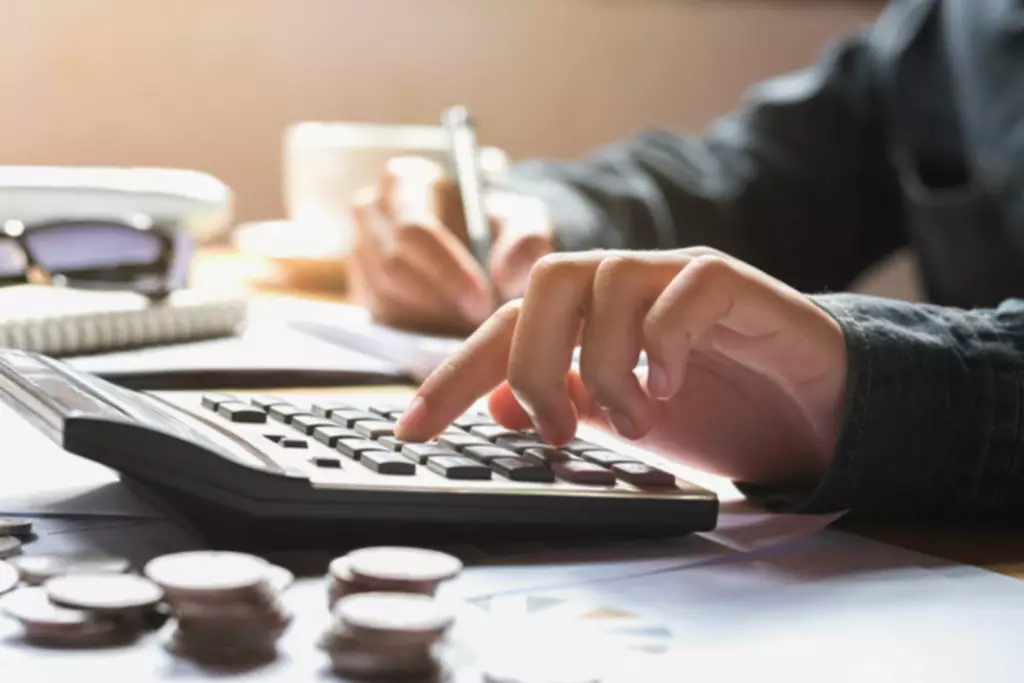Content

It also helps determine capital gains or losses when an asset is sold or retired. Overall, you add depreciation expense charged during the current period to the https://www.bookstime.com/ at the beginning of the period while subtracting the depreciated expense for a disposed asset. To fully understand this concept, it is essential to first know what depreciation is as a general concept.
₵93bn loss to depreciation is more than twice the much anticipated IMF bailout – Myjoyonline
₵93bn loss to depreciation is more than twice the much anticipated IMF bailout.
Posted: Mon, 28 Nov 2022 18:20:34 GMT [source]
However, the accumulated depreciation is shown in the following table since it is the sum of the asset’s depreciation. Business owners can claim a valuable tax deduction if they keep track of the accumulated depreciation of their eligible assets.
Accounting Topics
Property, plant, and equipment are stated at cost less accumulated depreciation. The florist decides to reduce the van’s value by the same amount every year, a method known as straight-line depreciation. If the van’s useful life is nine years, the value of the van depreciates at the rate of $3,000 per year ($27,000 / nine years). Year-end$70,000 1, ,00010,00060,0001, ,00021,00049,0001, ,00033,00037,0001, ,00046,00024,0001, ,00060,00010,000 Depreciation stops when book value is equal to the scrap value of the asset. In the end, the sum of accumulated depreciation and scrap value equals the original cost. Sub-accounts provide more detail for an account that encompasses many types of transactions.

It’s useful for depreciating computers and other technological assets that can become outdated quickly as technology advances. It can be helpful to work through a few examples of how to calculate accumulated depreciation. The following will explore one example of calculating accumulated depreciation using the straight-line method and one example of calculating accumulated depreciation with the declining balance method. The company has had the car for four years, so $500 will be credited to the accumulated depreciation account for each of the four years, totaling a $2,000 credit balance. At the end of the 10-year period, the accumulated depreciation account will have a credit balance of $5,000.
Accumulated Depreciation vs. Accelerated Depreciation
For example, a depreciation expense of 100 per year for five years may be recognized for an asset costing 500. Depreciation has been defined as the diminution in the utility or value of an asset and is a non-cash expense. It does not result in any cash outflow; it just means that the asset is not worth as much as it used to be. The accumulated depreciation account is acontra asset accountthat lowers thebook valueof the assets reported on the balance sheet. Fixed assets are always listed at their historical cost followed by the accumulated depreciation. The A/D can be subtracted from the historical cost to arrive at the current book value.
This presentation allows investors and creditors to easily see the relative age and value of the fixed assets on the books. It also gives them an idea of the amount of depreciation costs the company will recognize in the future. Depreciation expense is recorded on the income statement as an expense or debit, reducing net income. Accumulated depreciation is not recorded separately on the balance sheet. Instead, it’s recorded in a contra asset account as a credit, reducing the value of fixed assets. Depreciation expenses, on the other hand, are the allocated portion of the cost of a company’s fixed assets for a certain period. Depreciation expense is recognized on the income statement as a non-cash expense that reduces the company’s net income or profit.
Accumulated Depreciation Calculator – Excel Template
However, accumulated depreciation is reported within the asset section of a balance sheet. This change is reflected as a change in accounting estimate, not a change in accounting principle. For example, say a company was depreciating a $10,000 asset over its five year useful life with no salvage value.
- Rosemary Carlson is a finance instructor, author, and consultant who has written about business and personal finance for The Balance since 2008.
- Additionally, keeping close track of accumulated depreciation can help the company budget for future replacement costs and make sound financial decisions about when to upgrade equipment.
- The balance sheet provides lenders, creditors, investors, and you with a snapshot of your business’s financial position at a point in time.
The amount of accumulated depreciation for an asset will increase over time, as depreciation continues to be charged against the asset. Straight line basis is the simplest method of calculating depreciation and amortization, the process of expensing an asset over a specific period. Subsequent years’ expenses will change based on the changing current book value.
Accumulated depreciation of an asset is an important financial metric for the business as it reduces a firm’s value on the balance sheet. Determine the accumulated depreciation at the end of 1st year and 3rd year. Depreciation expense is recorded on the income statement as an expense and represents how much of an asset’s value has been used up for that year. For example, if a company purchased a piece of printing equipment for $100,000 and the accumulated depreciation is $35,000, then the net book value of the printing equipment is $65,000.
- However, there are situations when the accumulated depreciation account is debited or eliminated.
- Accounts like accumulated depreciation help paint a more accurate picture of your business’s financial state.
- The formula for calculating the accumulated depreciation on a fixed asset (PP&E) is as follows.
- Each year, check to make sure the account balance accurately reflects the amount you’ve depreciated from your fixed assets.